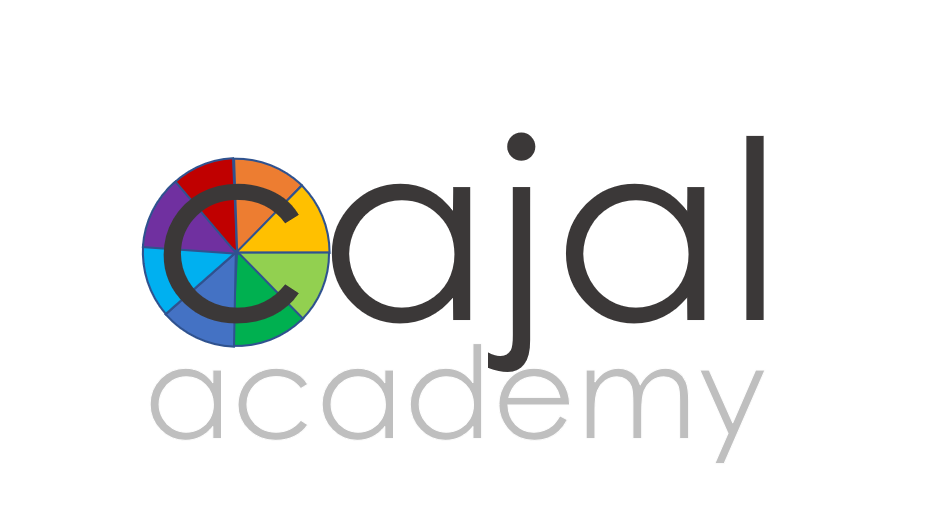Physics, Storytelling & a Mission to Create Our Own Theme Park
It’s some time in the distant future and Earthlings are in contact with creatures from newly discovered planets…
So starts the planning for the new theme park that our students are designing as part of our current multi-disciplinary project!
Working as a team, our students are working through a real world example that many grownups might happily describe as their dream job:
“How can we, working as a team of imagineers, create a model of a theme park with 3 scientifically-possible rides?”
Make no mistake: there’s a ton of standards-based physics, language arts, social collaboration and executive function skill development nestled into this ‘big blue sky’ imagination project, and the list keeps growing as we follow our students’ lead!
When our students started brainstorming together about the theme for their park, they made clear that they wanted to do something original—not just make a park retelling a book or a movie that everyone already knows. It’s too soon to say exactly where this one will lead us, but already we’re hearing themes of planetary environmental decline, colonization, war and of course astronomy—and quietly assembling resources to integrate humanities and science curriculum standards to help them meaningfully explore those themes!
Here are some of the things our students will be learning as they work through this meaty question from now through the December break:
Physics & Physics-Based Mathematics
Students are learning the physics of how theme park rides actually work! Through hands-on experiments and computer simulators, they’re learning about the interplay of motion and forces, identifying the exact point where potential energy shifts into kinetic energy and more. These physics concepts flow through to their math classes as well, translating the physics into mathematical equations to help bring scientific realism to the roller coasters they will design.
Environmental Science, Astronomy and Inter-stellar Exploration
Truly, when we set out to design this project we had no idea that our students were literally going to blow the doors off the idea of a “big blue sky” adventure—right into the next galaxy! One of the beauties of the project-based learning framework is that it is student-led. So now that our students are “orbiting” the idea of a “futuristic” theme park exploring human-alien contacts across Earth and newly-discovered planets, we are working behind the scenes to pull forward curriculum relevant to exploring these concepts in a scientifically-meaningful way.
Story-telling and English Language Arts
The theme park is a rich fantasy land informed by a story brought to life through a real-world setting—what better way to zero in on critical literary concepts like setting, theme and storytelling. Students will also be interviewing friends and family about their own experiences on amusement park rides, bringing to life language arts standards about primary versus secondary sources.
History and Humanities
Our students have already made clear that colonization, xenophobia and cross-cultural (or at least interstellar/cross-species) contacts will be a part of the theme park they’re designing—so we’ll be integrating standards-based units introducing essential historical and sociological elements of these contacts into our humanities work as well. We’ll also turn our lens on theme parks as a concept, which have been the harbinger of much social change in America, and found themselves at the center of thorny issues like integration.
Executive Function Skills
Planning a large scale project like the one we’re working on now can be overwhelming—and empowering! Each project-based learning unit follows a set design process, guiding students through the process of identifying what they need to know to solve the problem, finding that information, designing their solution to the problem before them and ultimately creating their model. We integrate direct instruction on project planning and the use of graphic organizers, modelling for students how they can be used not just to outline an article or plan out an essay, but to organize a design process and ensure that everyone is on the same page about how the pieces fit together.
Social Collaboration Skills
This might be the hardest part for students to learn—and the most powerful skill in our integrated 21st century world! Using everything from movie clips to explanation videos, students are receiving a first introduction to what makes an effective team, how to develop new ideas through a group brainstorming process and the difference between constructive and destructive contributions—all themes and skills that we’ll be developing throughout the course of the year as students engage in more projects. Periodic push-in support from our psychologist/neuropsychologist and our sensory therapy experts and our Body-Informed Learning techniques are used to help to facilitate these activities, which sit for many students at a complex intersection between social communication skills, academic content, sensory profiles, flexible thinking, creativity and performance anxieties. This turns into real-time strategies for the students, and critical data for our licensed therapists to continue identifying how hidden neurocognitive challenges inform students’ day to day experiences.
Visual Arts, Music and Fine Motor Skills
We can’t think of a better example of integrating the fine arts with storytelling and engineering than a Disney theme park! Our students are learning about color and how it can be used to create emotional schema, exploring their own color associations and developing a color palette for the storylines they wish to create within the individual rides they are contributing to the group theme park. We’ll also be studying the use of musical themes and motifs to create a desired mood, and even learning how sound effects are made!
This is a big adventure—stay tuned to see how it unfolds!



